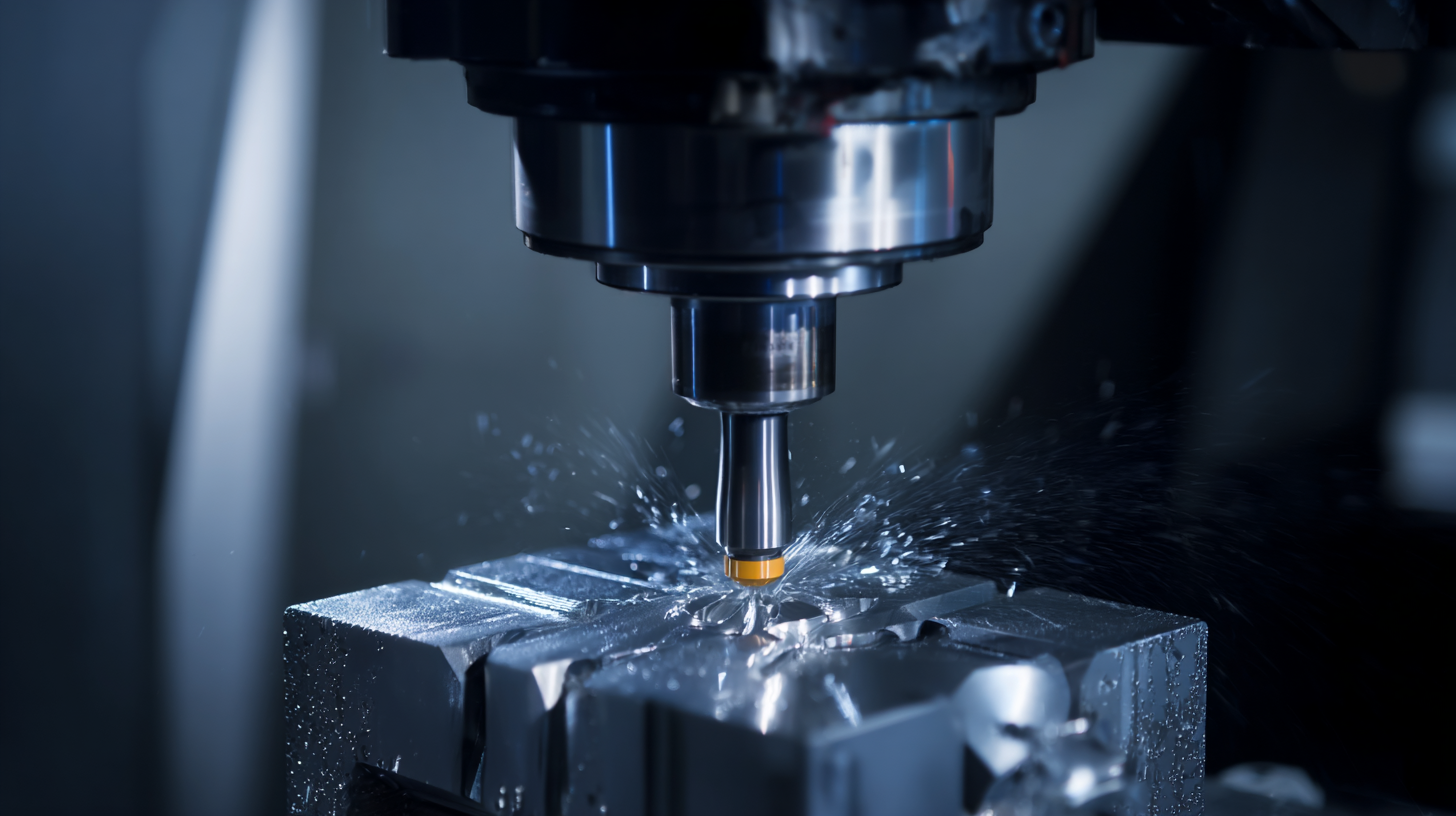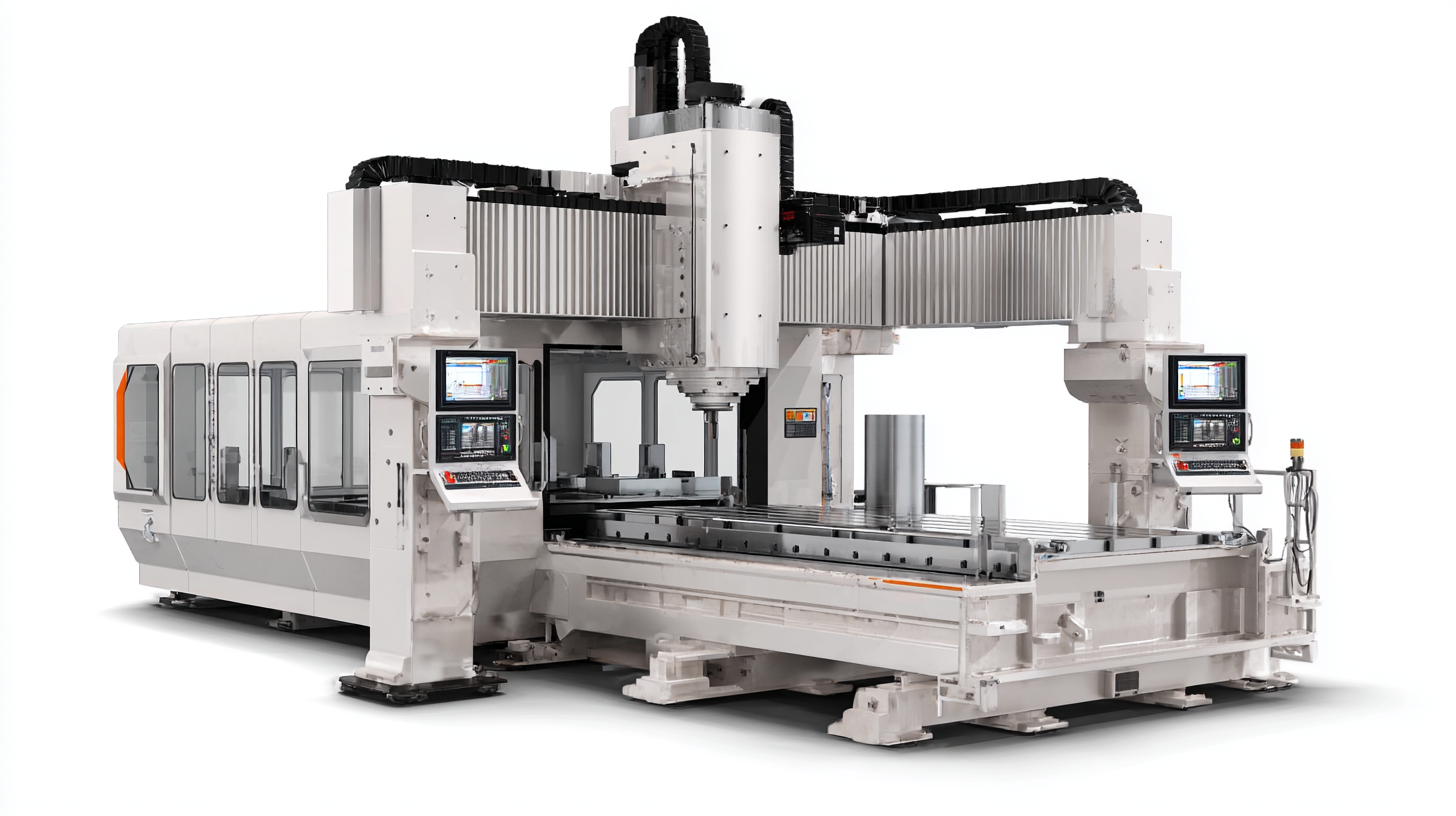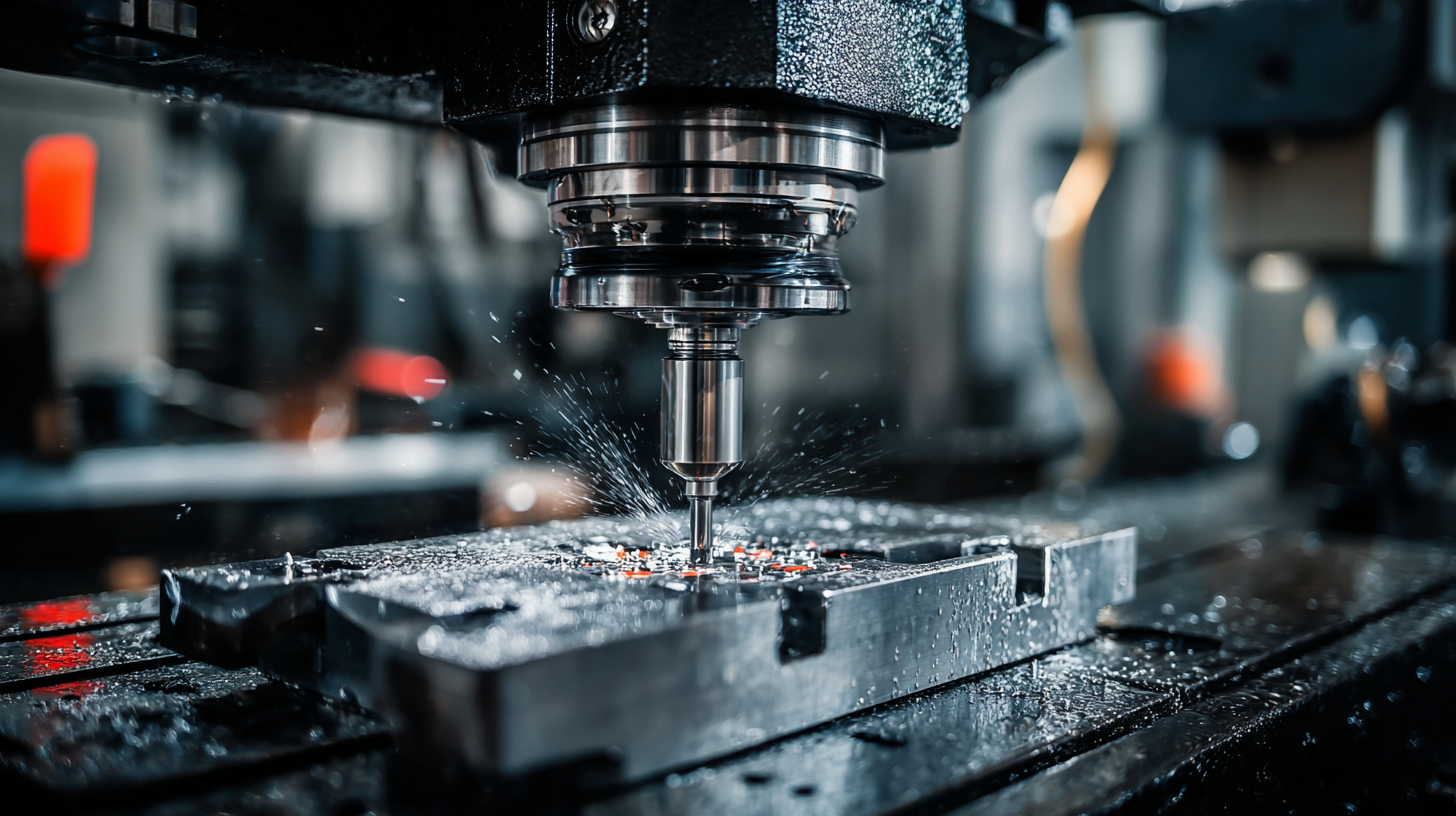Blog
Ultimate Guide to Choosing the Best 5 Axis CNC Milling Machine for Your Manufacturing Needs
Choosing the right equipment is crucial for any manufacturing process, and when it comes to precision and versatility, a 5 axis CNC milling machine stands out as a premier choice. This advanced technology allows for complex machining tasks that surpass traditional 3-axis devices, enabling manufacturers to produce intricate parts with exceptional accuracy.

In this ultimate guide, we will explore the essential factors to consider when selecting the best 5 axis CNC milling machine for your specific manufacturing needs. From understanding the types and capabilities of these machines to evaluating the reputation of manufacturers, we aim to provide you with a comprehensive approach that simplifies your decision-making process.
Whether you are a seasoned professional or new to CNC machining, this guide will equip you with the insights necessary to make an informed choice and elevate your production capabilities.
Key Considerations for Selecting a 5 Axis CNC Milling Machine for Your Business
When selecting a 5 axis CNC milling machine for your manufacturing business, several key considerations play a crucial role in ensuring the right fit for your operational needs. First and foremost is the machine's accuracy and precision; according to a report by Grand View Research, the global CNC machine market is expected to reach $117.55 billion by 2027, driven largely by the increasing demand for high-precision machining. A machine capable of delivering tolerances as tight as ±0.005 mm can significantly enhance product quality and reduce waste, ultimately improving profitability.

Another critical factor to consider is the machine's work envelope and tooling capacity. As noted in a survey by MarketsandMarkets, the ability to handle larger workpieces and utilize various tools in a single setup can decrease production times by up to 50%. This not only optimizes efficiency but also allows for greater flexibility in manufacturing complex geometries. Additionally, evaluating the software compatibility and support services offered by the manufacturer can ensure seamless integration into your existing systems, facilitating smoother operations and enhanced productivity.
Understanding the Benefits of 5 Axis Machining in Modern Manufacturing
5-axis machining has revolutionized modern manufacturing by offering unparalleled flexibility and precision. Unlike traditional 3-axis mills that can only move along three axes, 5-axis CNC machines can move along five different axes simultaneously. This capability allows for the production of complex geometries and intricate designs that are often impossible to achieve with standard machining methods. By utilizing simultaneous multi-axis movement, manufacturers can reduce the number of setups required, thereby enhancing productivity and minimizing potential errors.
Additionally, the benefits of 5-axis machining extend to improved surface finish and reduced machining time. With the ability to approach workpieces from virtually any angle, manufacturers can achieve better cutting tool engagement, resulting in smoother surfaces and higher quality finishes. This efficiency not only streamlines the manufacturing process but also reduces material wastage and the overall cost per part. As industries increasingly demand high-precision components, the adoption of 5-axis CNC milling machines becomes essential for businesses looking to maintain a competitive edge in the marketplace.
Comparison of 5 Axis CNC Milling Machine Benefits
Comparing Different Types of 5 Axis CNC Milling Machines Available
When selecting a 5 axis CNC milling machine for manufacturing, understanding the various types available is crucial to meeting specific production requirements. The primary variations include articulating arm machines, gantry-style machines, and vertical spindle machines, each offering distinct capabilities. According to a report by Research and Markets, the global CNC machine market is projected to reach $102 billion by 2026, indicating a robust demand for high-precision tools such as 5 axis CNC milling machines. Articulating arm machines, known for their versatility, are ideal for complex parts in industries like aerospace and automotive, while gantry systems can handle larger workpieces, providing excellent stability and precision in the machining process.
Moreover, vertical spindle machines are increasingly popular for their ability to perform intricate operations on smaller components. An analysis from TechSci Research highlights that the North American CNC machining market holds a significant share, driven by technological advancements and the demand for high-quality manufacturing solutions. When comparing different types of 5 axis CNC milling machines, it's essential to consider factors such as precision, speed, and the size of the workpiece to ensure alignment with your production needs. With the right choice, manufacturers can enhance their operational efficiency and product quality, ultimately leading to improved profitability and competitiveness in the market.

Cost Factors to Consider When Investing in a 5 Axis CNC Solution
When considering an investment in a 5 Axis CNC milling machine, it's crucial to evaluate the various cost factors that can influence your overall expenditure. While the price of the machine itself is significant, additional costs such as maintenance, software, and training should not be overlooked. This equipment demands regular upkeep to ensure optimal performance, which can add to your annual budget.
Tips: Always research manufacturers that offer comprehensive after-sales support. A good warranty and accessible customer service can save you money in the long run. Additionally, consider the long-term operational costs, including energy consumption and tooling, as these can vary widely depending on the model you choose.
Another critical aspect to assess is the return on investment (ROI). An expensive machine might seem daunting, but if it significantly enhances production efficiency and product quality, it could pay off faster than less costly alternatives. Moreover, factor in the potential for increased capabilities, such as the ability to handle complex geometries that can open up new markets for your business.
Tips: Keep an eye on the resale value of the CNC machine you choose. Machines from reputable brands typically maintain their value better and can be sold at a good price when it’s time for an upgrade. It’s advisable to track industry trends to anticipate future needs and adjust your investment strategy accordingly.
Essential Features and Specifications to Look for in a 5 Axis CNC Machine
When selecting a 5-axis CNC milling machine, understanding essential features and specifications is key to meeting your manufacturing needs. Look for machines that offer superior rigidity and stability; both are critical for high precision and surface quality in machining. Additionally, consider the dynamic performance of the machine, as it significantly influences efficient machining processes. Advanced features, such as finite element analysis integration, can further enhance machine rerouting capabilities and optimize its structure for peak performance.
Another critical aspect is the incorporation of intuitive software that simplifies operation. Modern machines increasingly come equipped with advanced control systems that enable easier programming and real-time monitoring of production. Look for equipment that includes predictive maintenance capabilities, as this can reduce downtime and enhance productivity. When evaluating your options, prioritize features that align with your specific operational needs while also adapting to a wider range of applications, ensuring your investment remains relevant as technology evolves.